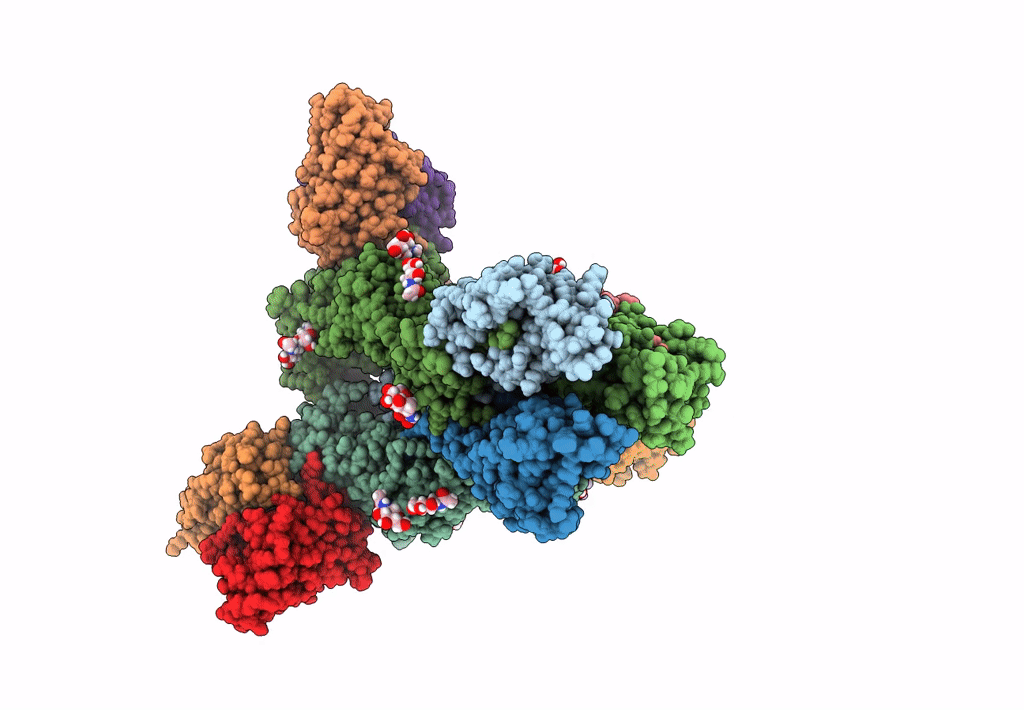
Deposition Date
2021-04-06
Release Date
2021-07-28
Last Version Date
2024-11-20
Entry Detail
PDB ID:
7MEM
Keywords:
Title:
CryoEM structure of monoclonal Fab 045-09 2B05 binding the lateral patch of influenza virus H1 HA
Biological Source:
Source Organism:
Influenza A virus (strain swl A/California/04/2009 H1N1) (Taxon ID: 641501)
Homo sapiens (Taxon ID: 9606)
Homo sapiens (Taxon ID: 9606)
Host Organism:
Method Details:
Experimental Method:
Resolution:
3.20 Å
Aggregation State:
PARTICLE
Reconstruction Method:
SINGLE PARTICLE


